Wheat
Wheat is a grass widely cultivated for its seed, a cereal grain which is a worldwide staple food. The many species of wheat together make up the genus Triticum; the most widely grown is common wheat (T. aestivum). The archaeological record suggests that wheat was first cultivated in the regions of the Fertile Crescent around 9600 BCE. Botanically, the wheat kernel is a type of fruit called a caryopsis.
Wheat is grown on more land area than any other food crop (220.4 million hectares, 2018).In 2018, world production of wheat was 772 million tonnes, with a forecast of 2019 production at 766 million tonnes, making it the second most-produced cereal after maize. Since 1960, world production of wheat and other grain crops has tripled and is expected to grow further through the middle of the 21st century. Global demand for wheat is increasing due to the unique viscoelastic and adhesive properties of gluten proteins, which facilitate the production of processed foods, whose consumption is increasing as a result of the worldwide industrialization process and the westernization of the diet.
There are around 30,000 wheat varieties of 14 species grown throughout the world. Of these about 1,000 are commercially significant. Raw wheat can be ground into flour or, using hard durum wheat only, can be ground into semolina; germinated and dried creating malt; crushed or cut into cracked wheat; parboiled (or steamed), dried, crushed and de-branned into bulgur also known as groats. If the raw wheat is broken into parts at the mill, as is usually done, the outer husk or bran can be used several ways
At Chateau Pas de Loup two principle varieties are grown, Ble Tendre which is the base for the all important French Bagette, while Ble Dur is a major ingredient in pasta and noodles, semolina and importantly livestock feed. Wheat growing in the Loire typically needs 260 days between sowing and harvest. The fields are ploughed and readied in August for planting in September. During September/October the young shoots grow to about 5 cm tall before stopping as the first winter frosts arrive. Then in the spring fertilizer, high in Nitrogen, is added which promotes the plant to reactivate and continue to grow through the spring. Harvest is generally around the middle of June.

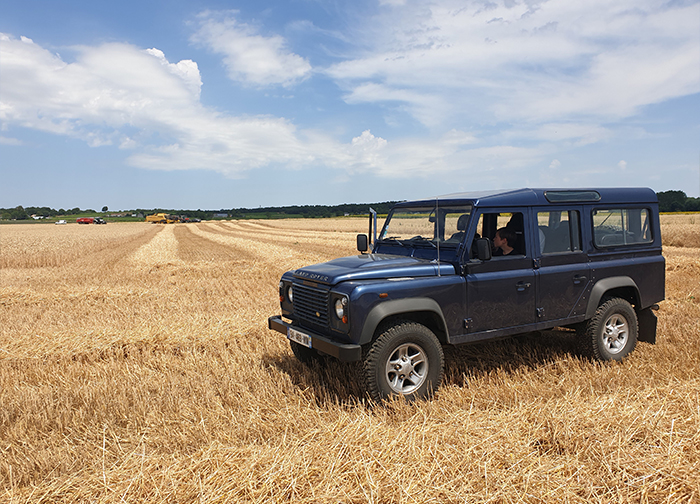
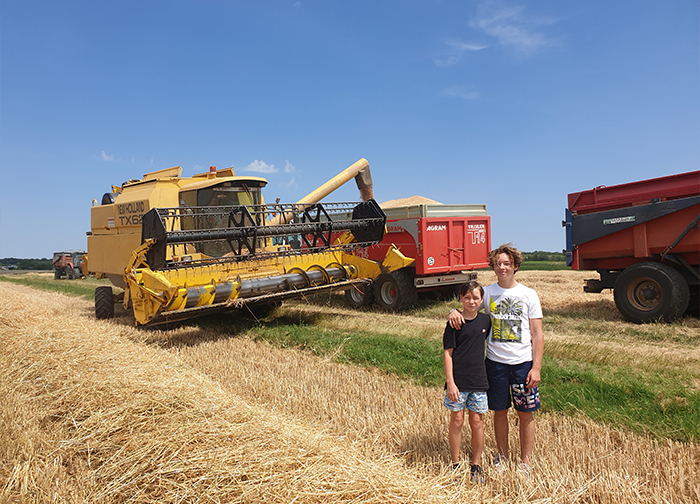
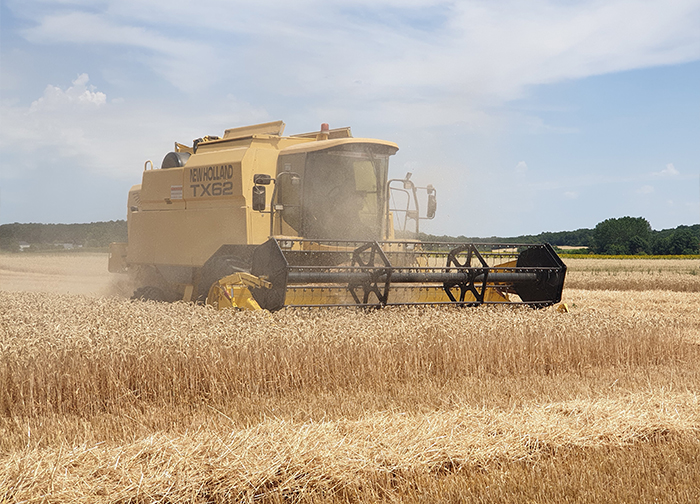
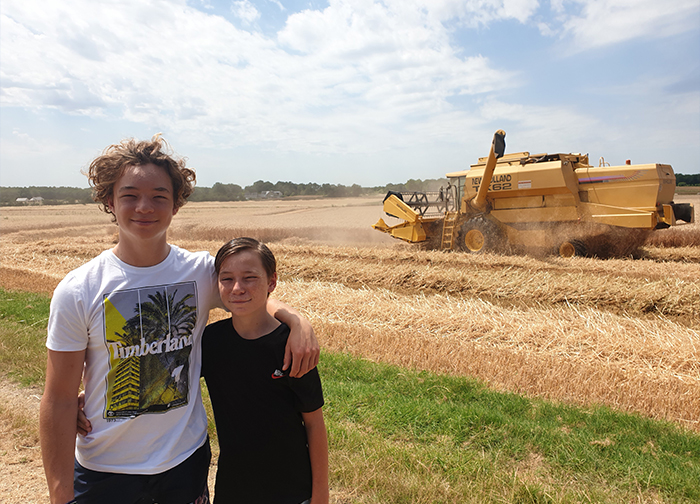

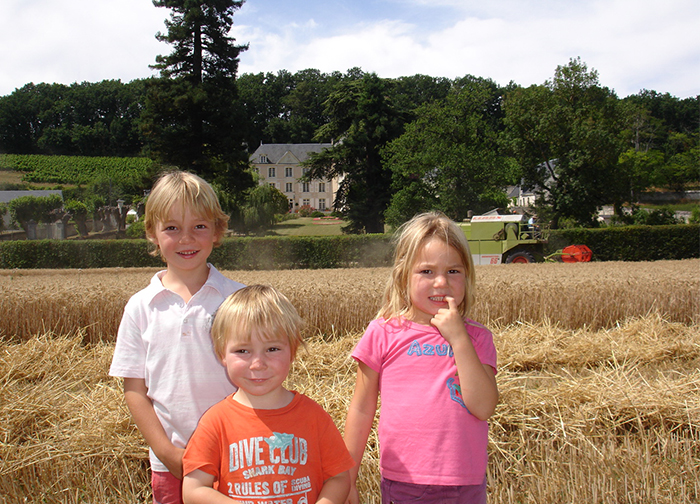

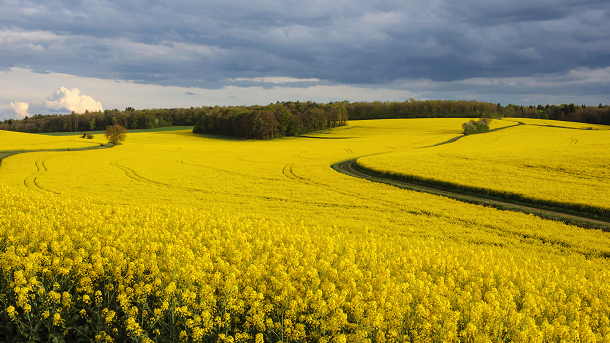
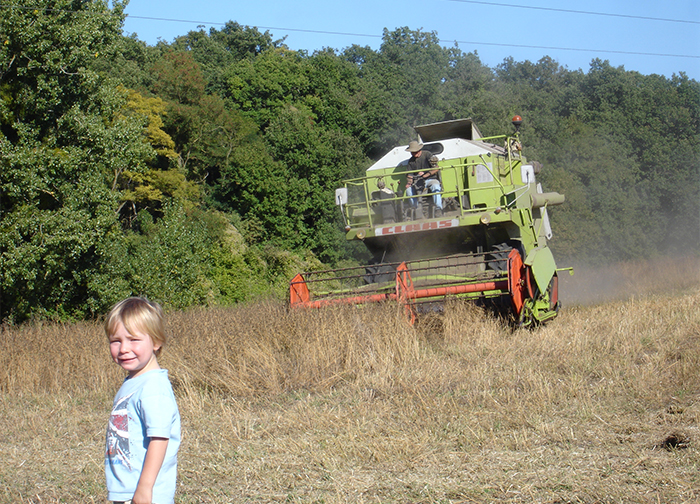
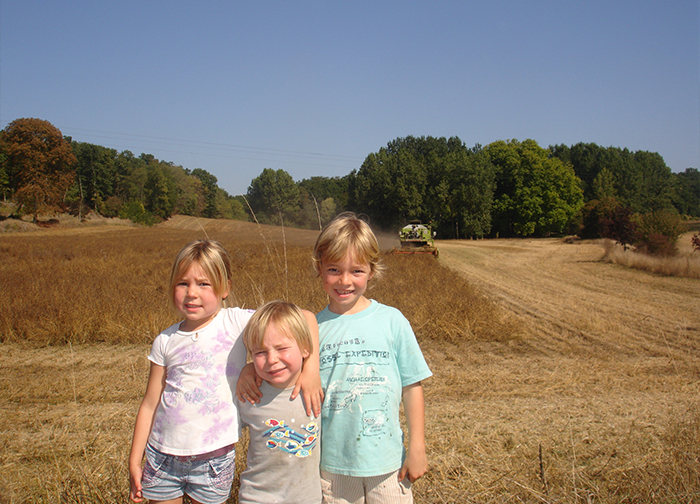

 © . All rights reserved |
© . All rights reserved |